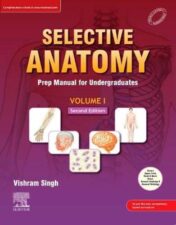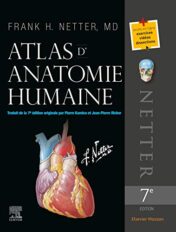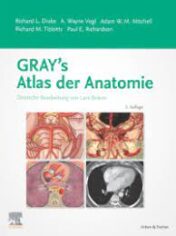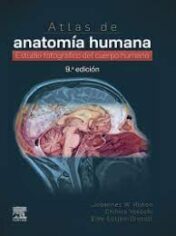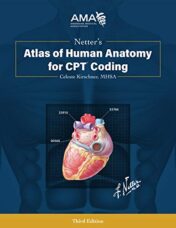- Hardcover: 848 pages
- Publisher: Mosby; 9 edition (April 6, 2017)
- Language: English
- Type : PDF
Note : We will send ebook download link after confirmation of payment via paypal success
Payment methods: Visa or master card (Paypal)
Bontrager’s Textbook of Radiographic Positioning and Related Anatomy 9th Edition
$14
by John Lampignano
- Labeled radiographs (radiographic overlays) identify key radiographic anatomy and landmarks to help you recognize anatomy and determine if you have captured the correct diagnostic information on your images.
- Positioning chapters, organized with one projection per page, present a manageable amount of information in an easily accessible format.
- Unique page layout with positioning photos, radiographic images, and radiographic overlays presented side-by-side with the text explanation of each procedure to facilitate comprehension and retention.
- Pathologic Indications list and define the pathologies most likely to be encountered during procedures covered in each chapter to help you understand the whole patient and improve your ability to produce radiographs that make diagnosis easy for the physician.
- Pathology Demonstrated sections explain why a particular projection is needed, or what pathology might be demonstrated, to give you a larger frame of reference and a better understanding of the reasoning behind each projection.
- Radiographic Criteria on positioning pages provide standards for evaluating the quality of each radiograph, helping you develop a routine for evaluating radiographic quality.
- Pediatric Applications prepare students for clinical success ― and prepare technologists to deal competently with the special needs of their pediatric patients.
- Geriatric Applications include general information on positioning techniques and patient handling for geriatric patients, fostering an understanding of the challenges these patients present to the technologist.
- Critique Radiographs demonstrate positioning errors and help you avoid similar errors in clinicals.
- Instructor resources include an accompanying Evolve website with PowerPoint slides, an image collection, and a test bank to help instructors prepare for class.
- Student resources include a workbook and handbook to help you better understand and retain complicated material.
- NEW! Updated art visually demonstrates the latest digital technology used in radiography with approximately 250 new radiographs, positioning, and equipment images.
- NEW and UPDATED! Increased emphasis on radiation safety practices arms you with the information you need to know to succeed in clinical practice.
- NEW! Obese Patient Considerations include general information on positioning techniques and positioning modifications for obese patients to show you how to position this subset of patients accurately.
- UPDATED! Reflects the latest ARRT competencies and ASRT curriculum guidelines to prepare you for boards and clinical practice.
- UPDATED! Completely revamped surgical procedures chapter reflects current ARRT competencies and ASRT curriculum guidelines.
- UPDATED! Routine and Special Procedures sections moved to an appendix so you can refer to this necessary material quickly and efficiently.
Bontrager’s Textbook of Radiographic Positioning and Related Anatomy 9th Edition
by John Lampignano
Master radiographic positioning with this comprehensive, user-friendly text. Focusing on one projection per page, Bontrager’s Textbook of Radiographic Positioning and Related Anatomy, 9th Edition includes all of the positioning and projection information you need to know in a clear, bulleted format. Positioning photos, radiographic images, and radiographic overlays, presented side-by-side with the explanation of each procedure, show you how to visualize anatomy and produce the most accurate images. Updated to reflect the latest ARRT competencies and ASRT curriculum guidelines, it features more than 200 of the most commonly requested projections to prepare you for clinical practice.
Product details
Related Products
Anatomy Books
Anatomy Books
Anatomy Books
Anatomy Books
Anatomy Books
Anatomy Books
Anatomy Books
Anatomy Books
Anatomy Books
Anatomy Books
Anatomy Books
Anatomy Books
Anatomy Books
Anatomy Books
Anatomy Books
Anatomy Books
Anatomy Books
Anatomy Books
Anatomy Books
Anatomy Books
Anatomy Books





















